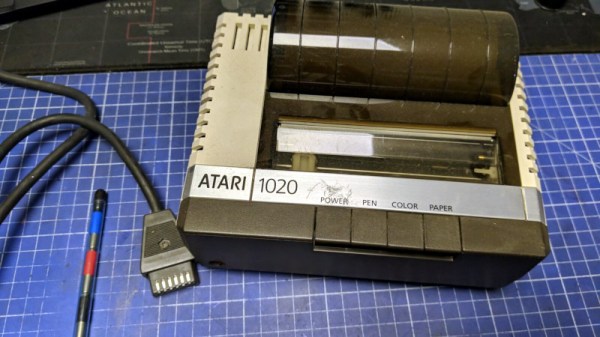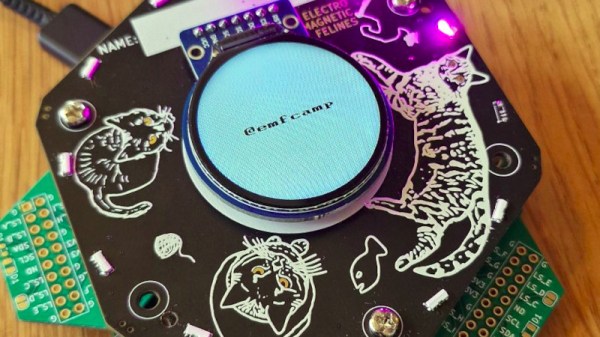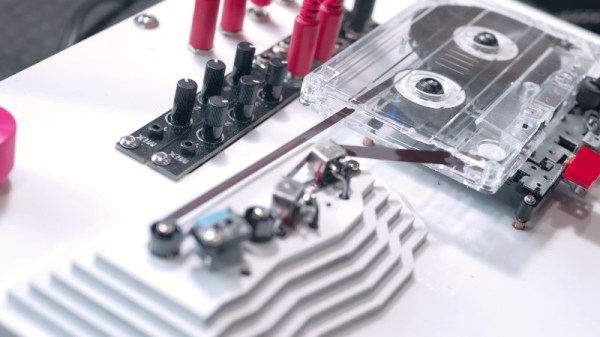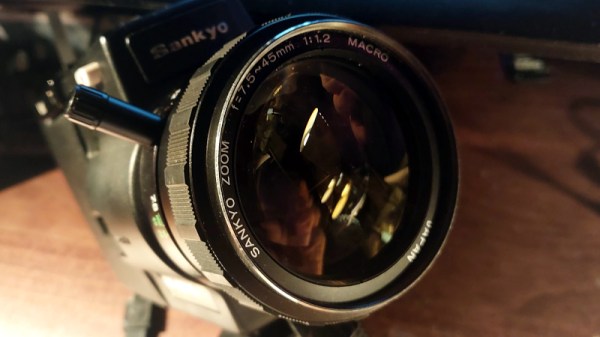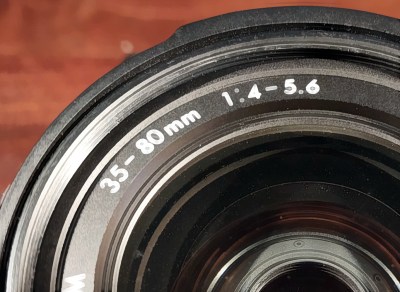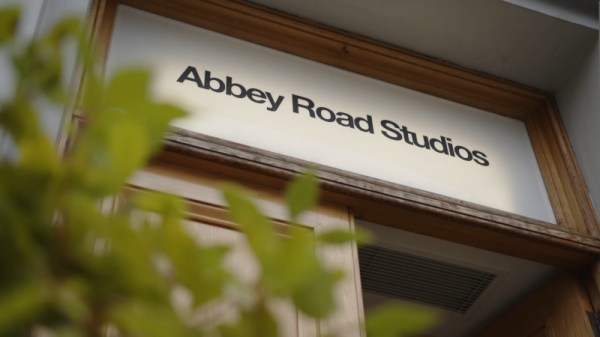Some time over a decade ago, the arrival of inexpensive PCB fabrication revolutionised the creation of custom electronics on a budget. It’s now normal for even the smallest projects we feature here to have a professional PCB, which for those of us who started by etching their own with ferric chloride is nothing short of a miracle. When it comes to the ultimate step in custom electronics of doing the same for integrated circuits though, it’s fair to say that this particular art is in its infancy. The TinyTapeout project is a collaborative effort in which multiple designers have the chance to make their own ASIC as a single tile on a chip along others, and [Bitluni] had the chance to participate. His ASIC? A secret file which could be read through his ESP32 to VGA board.
The video below the break then is both the tale of the secret file project, and that of TinyTapeout itself, which is a clever design involving an on-board microcontroller that selects the tile and manages the bus. This revision is Tiny Tapeout 3, which includes 249 tiles of contributor-generated circuitry holding a diverse array of projects.
The secret file itself is a motion GIF, compressed down until the point at which it will just fit on a tile. We’ll preserve the fun by not reveling what it us, but you probably won’t be surprised when you see it in the video.
We’ve featured TinyTapeout more then once, not least when [Matt Venn] gave a talk about it for Supercon 2022.


